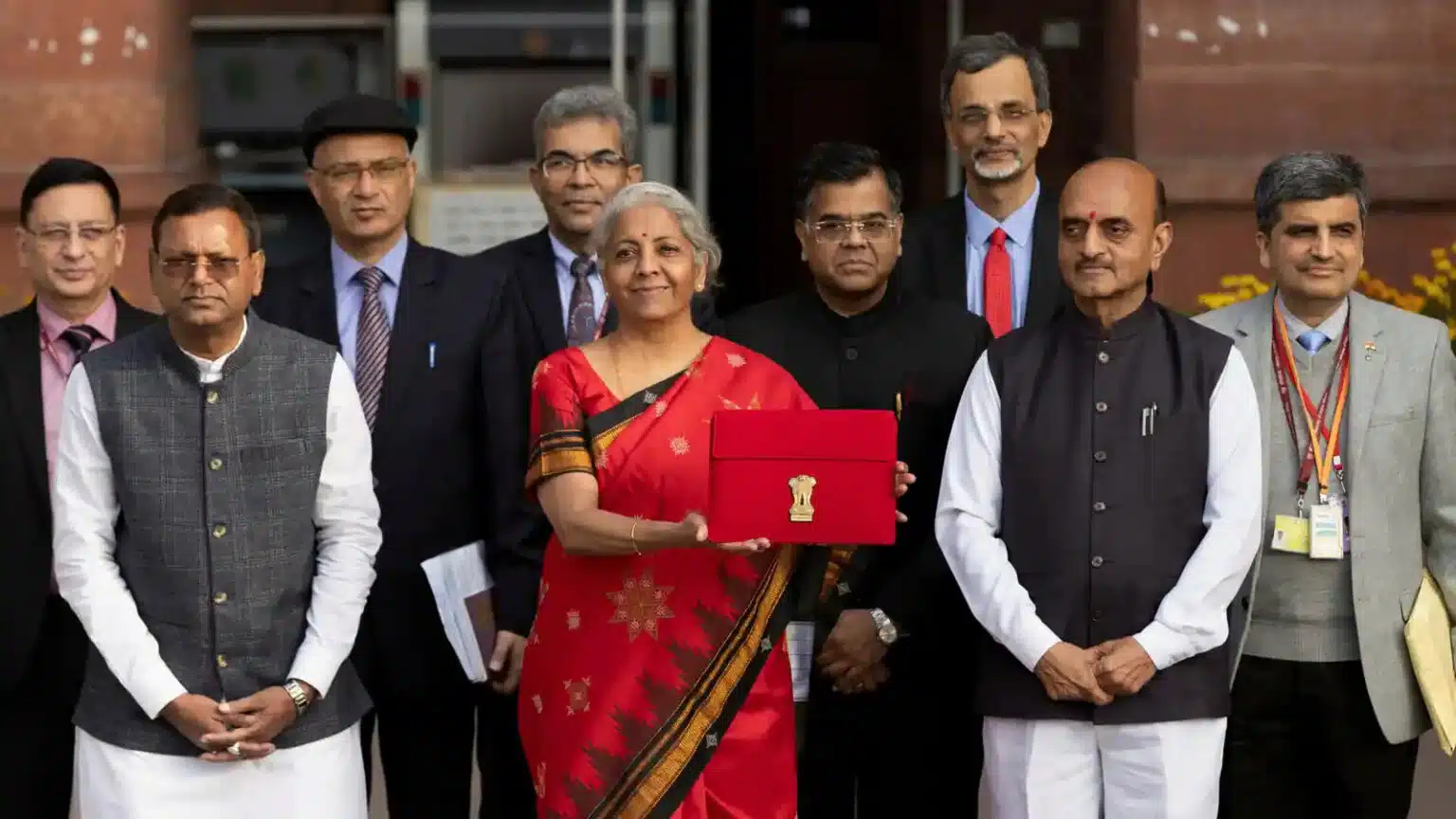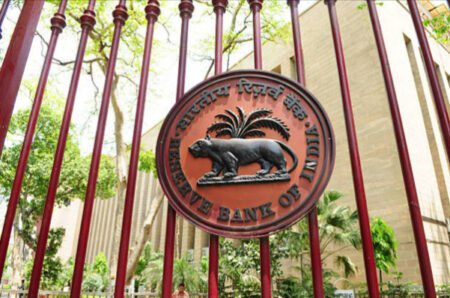Nirmala Sitharaman, the minister of finance, promises to reduce import taxes without harming indigenous businesses
Petroleum commodities would be incorporated in the Goods and Services Tax (GST) system only if all states and the federal government agree on the fuel tax rates in the GST Council, according to Finance Minister Nirmala Sitharaman on Wednesday.
The government’s say about Petroleum items
The Goods and Services Tax Council must recommend the day on which GST will be applied to all restricted goods, including petroleum crude, high-speed diesel, motor spirit (petrol), natural gas, and aviation turbine fuel, as per Article 279A(5) of the Constitution.
“Once the states agree, petroleum products will be covered by the GST, therefore, it’s not us not wanting it”, she stated when speaking at a gathering held by the industry group PHDCCI.
They must choose a rate, she said, adding that if they give it to her, “we’ll include these things in the GST.”
Given that petroleum commodities are a significant source of money for both the Center and states, it may take longer to win over state support because states are concerned about losing more fiscal authority. After the country’s uniform GST regime was implemented in July 2017 and a multiplicity of Central and state taxes were combined, states have claimed that a significant chunk of their fiscal authority has been lost.
Sitharaman warned on Wednesday that weakening economies abroad will present a challenge for Indian exporters as shipments declined for the second consecutive month in January.
While keeping a tight eye on the flow of imported goods, she stated that the government would continue to reduce customs charges on essential items required to support Indian enterprises.

Due to a downturn in global demand, India’s exports decreased by 6.58% to $32.91 billion in January, even though the trade deficit decreased to a 12-month low of $17.75 billion due to a decrease in imports.
For the second consecutive month, imports fell by 3.63% in January to $50.66 billion.
Because the government is concentrating on Atmanirbhar, Sitharaman remarked on imports, “We cannot be inward focused and not import.” She claimed that the Budget for this year and last year had evaluated customs duties and decreased rates in 18 to 20 categories because MSMEs and major manufacturers continued to import crucial components.
“In sectors where import taxes can be cut without damaging an Indian industry that needs them, we will sustain this pace and follow the protocol. In addition, we will be closely monitoring any influx of imported items of any kind. Even if the surge lasted only three months, it might occasionally damage us for a full year, according to Sitharaman.

She noted that external uncertainties are much more unpredictable and difficult, and claimed that the nation has handled unpredictable problems like the monsoon and unseasonal weather vagaries over the years and not just now, extremely effectively.
Sitharaman summarised the 2023–24 budget by stating that it is fiscally reasonable and has a very specific goal of accelerating growth. “It is largely aiming at sustaining growth through capital spending, not neglecting inclusivity, and not ignoring the requirement to make our youth ready for job markets,” claims Sitharaman. On the other hand, we are adhering strictly to the established budgetary consolidation roadmap.
The Center has sharply upped the budget spending for capex by 37.4% on year to Rs 10 trillion for the next fiscal year, including Rs 1.3 trillion in long-term interest-free loans to the state governments, to catalyze and trigger private capital expenditure to boost GDP. In FY24, the major strategic and infrastructure ministries like roads, railways, and defense will take the lead in determining capital expenditure levels.
The government wants to decrease the fiscal deficit from an expected 6.4% of GDP in FY23 to 5.9% of GDP in FY24. The budget deficit must be less than 4.5% by FY26, as per the fiscal reduction strategy set in FY22.













